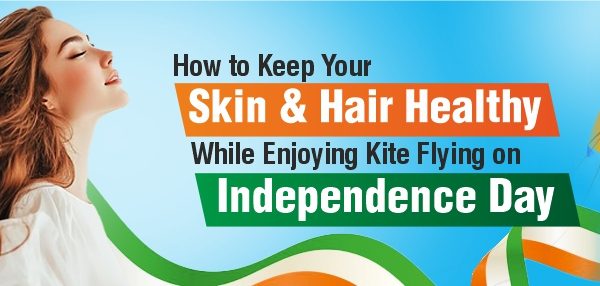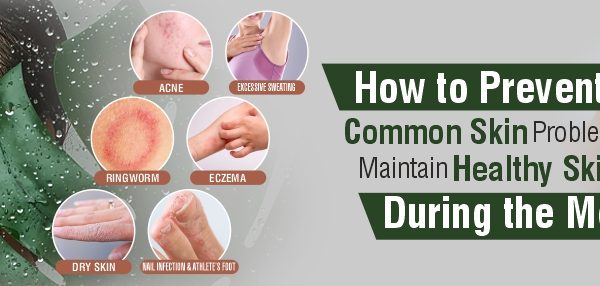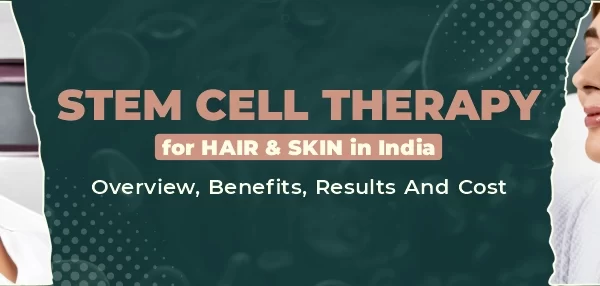
How is Anti-Aging Treatment Done: Exploring Effective Strategies for Rejuvenation
As we age, our skin naturally undergoes changes that can result in wrinkles, fine lines, and a loss of firmness and elasticity. To combat the signs of aging and restore a more youthful appearance, various anti-aging treatments have been developed. These treatments target specific concerns and utilize different techniques and technologies. In this blog, we will explore some common anti-aging treatments and discuss how they are performed to help individuals achieve a more youthful and rejuvenated look.
1. Topical Treatments
Topical treatments are a common starting point for anti-aging skincare routines. They typically consist of creams, serums, or lotions that are applied directly to the skin. These products often contain ingredients such as retinol, hyaluronic acid, antioxidants, and peptides. Retinol, a derivative of vitamin A, is particularly effective in stimulating collagen production and improving skin texture. Topical treatments can be used daily and work by nourishing the skin, promoting cell turnover, and reducing the appearance of fine lines and wrinkles.
2. Chemical Peels
Chemical peels are cosmetic procedures that involve applying a chemical solution to the skin to exfoliate and remove the top layers. This process stimulates the production of new skin cells, resulting in smoother, more even-toned skin. Chemical peels can help reduce the appearance of wrinkles, age spots, and sun damage. The intensity of the peel can vary, ranging from superficial peels that require minimal downtime to deeper peels that may require more recovery time. A dermatologist or aesthetician will determine the appropriate type and strength of the peel based on individual needs.
3. Dermal Fillers
Dermal fillers are injectable substances that are used to restore volume and smooth out wrinkles and lines in the face. Hyaluronic acid fillers, such as Juvéderm and Restylane, are commonly used for this purpose. The filler is injected beneath the skin, plumping up the targeted area and providing a more youthful appearance. Dermal fillers can also be used to enhance features like the lips or cheeks. The procedure is minimally invasive and requires little to no downtime, with results lasting several months to a year depending on the product used.
4. Botox and Dysport Injections
Botulinum toxin injections, commonly known as Botox or Dysport, are popular anti-aging treatments for reducing the appearance of wrinkles and lines caused by muscle movement. These injections work by temporarily paralyzing the muscles that cause wrinkles, resulting in smoother skin. Botox and Dysport injections are commonly used to treat forehead lines, frown lines, and crow’s feet. The procedure is quick, minimally invasive, and requires little downtime. Results typically last for a few months, after which repeat injections may be necessary to maintain the desired effect.
5. Laser and Light Therapies
Laser and light therapies are effective for addressing a range of anti-aging concerns, including wrinkles, age spots, and uneven skin tone. These treatments work by delivering targeted energy to the skin, stimulating collagen production and promoting skin rejuvenation. Different types of lasers, such as fractional lasers or intense pulsed light (IPL) devices, may be used depending on the specific concerns being addressed. Laser and light therapies can require multiple sessions, and downtime can vary depending on the intensity of the treatment.
6. Microdermabrasion
Microdermabrasion is a non-invasive procedure that exfoliates the top layer of the skin to reveal a smoother, more youthful complexion. During the treatment, a device is used to gently sand the skin, removing dead skin cells and stimulating cell turnover. Microdermabrasion can help reduce the appearance of fine lines, wrinkles, age spots, and acne scars. The procedure is typically painless and requires no downtime, allowing individuals to resume their regular activities immediately.
7. Facial Treatments
Facial treatments, such as facials and facial massages, can provide numerous benefits for anti-aging. These treatments involve cleansing, exfoliating, and hydrating the skin, promoting circulation and collagen production. Facial massages help relax facial muscles and improve blood flow, leading to a more youthful and radiant complexion. Facial treatments can be customized to address specific concerns, and regular sessions can help maintain the health and appearance of the skin.
It is important to note that the effectiveness of anti-aging treatments may vary depending on individual factors such as skin type, age, and the severity of the concerns. Consulting with a qualified dermatologist or aesthetician is recommended to determine the most suitable treatment plan and combination of treatments for achieving desired results. Additionally, adopting a comprehensive skincare routine, protecting the skin from sun exposure, and maintaining a healthy lifestyle can complement and enhance the effects of anti-aging treatments.





